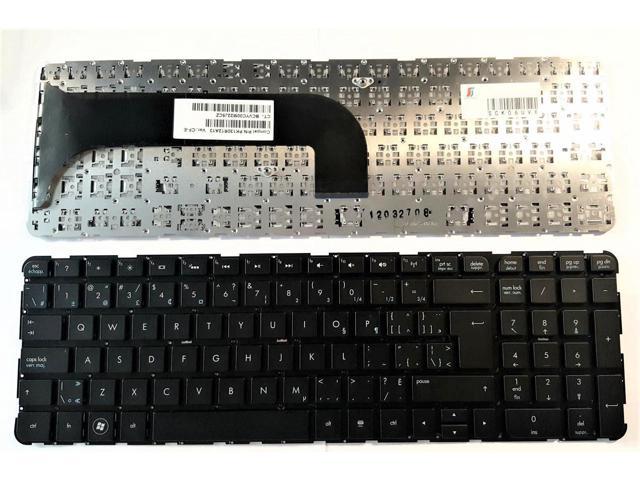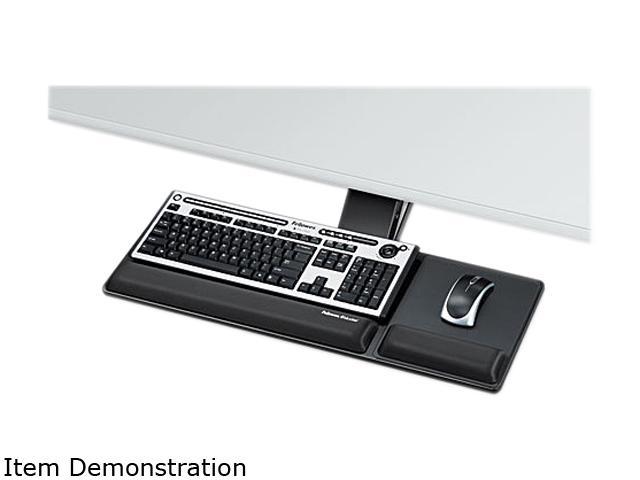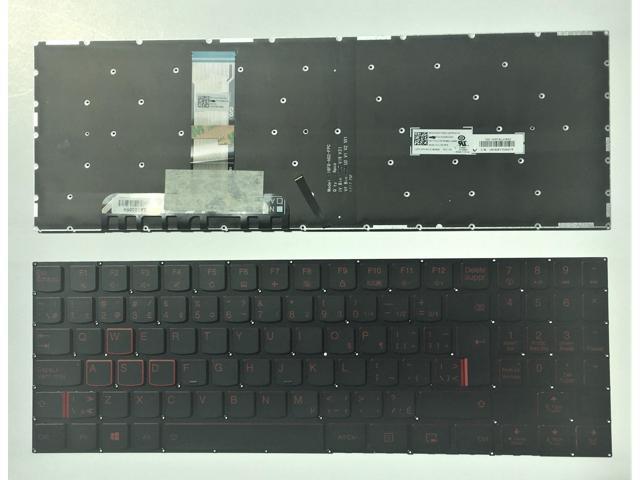With Rubinstein considered Liszt’s only possible rival on the concert stage, and Carre o as the foremost woman pianist of the late nineteenth century, it is an unexpected gift that both have left behind insights into that supremely important – but grossly neglected – aspect of performance called “the soul of the piano”: the art of piano pedaling. Their treatment of pedaling is of the utmost importance, not only from a historical standpoint, but for what it can still teach even the most sophisticated player. Rubinstein’s pedaling technique is explored using specific examples from a vast repertoire of works he performed in 1885-6. Carre o’s observations – written in a warm, non-academic style – explore her sensitivity to the most subtle keyboard colorings made possible through combinations of touch and pedal.















